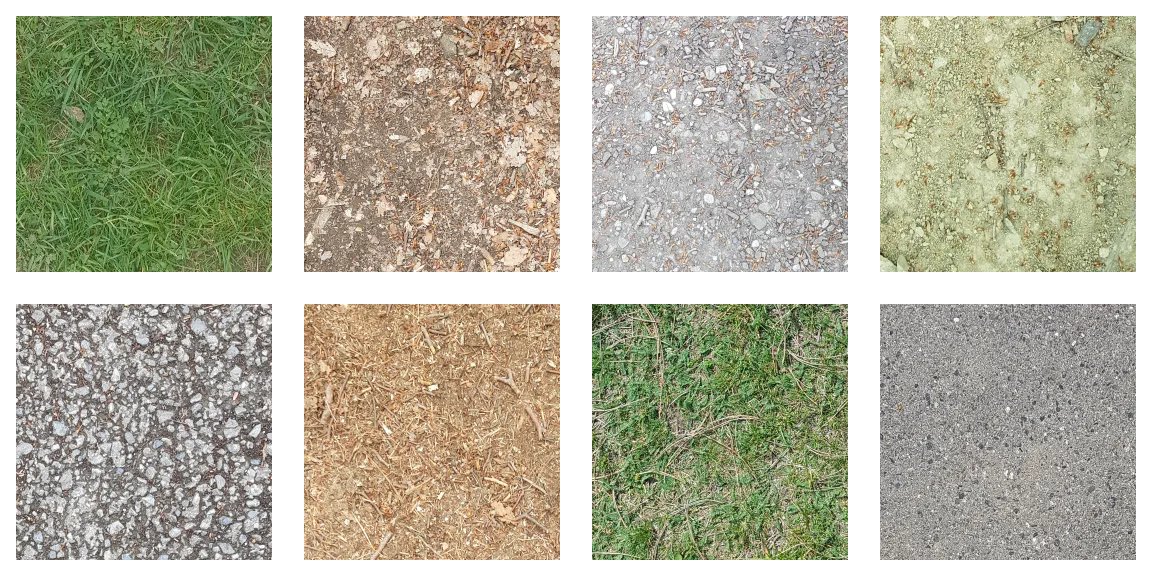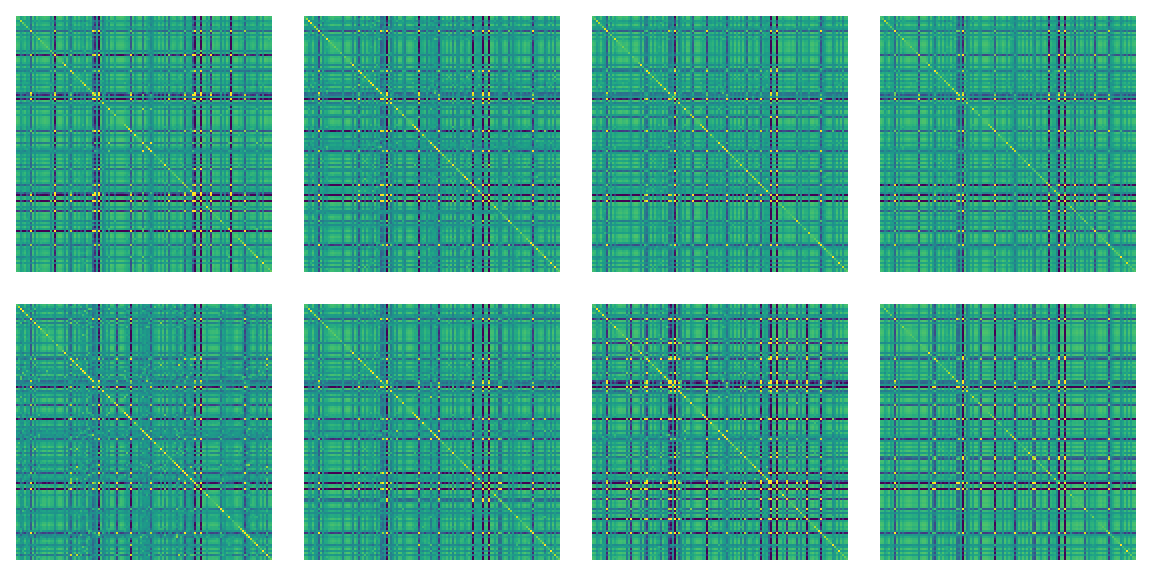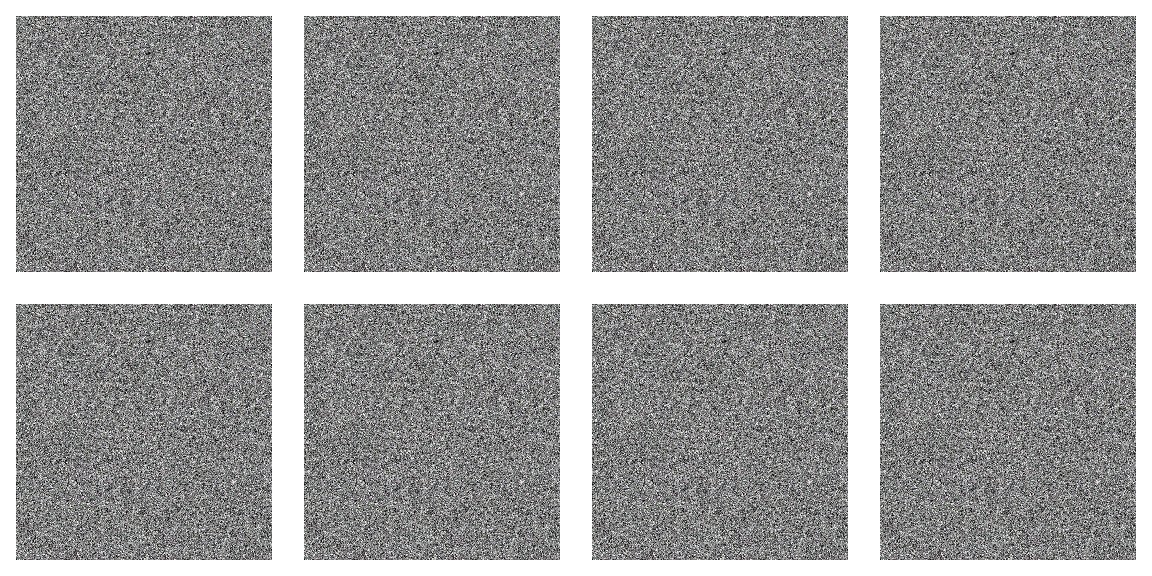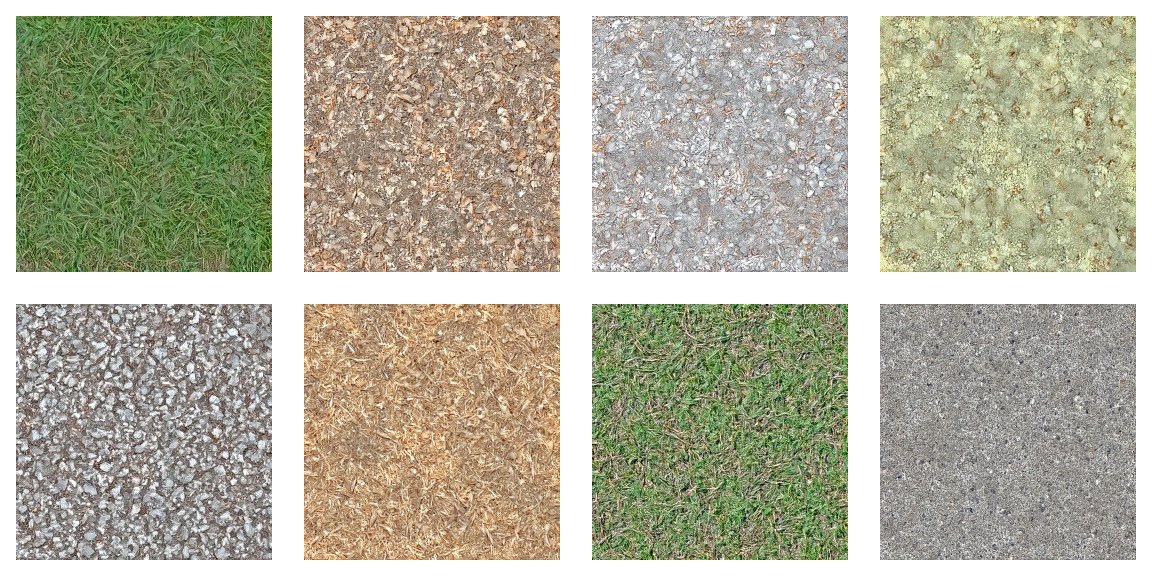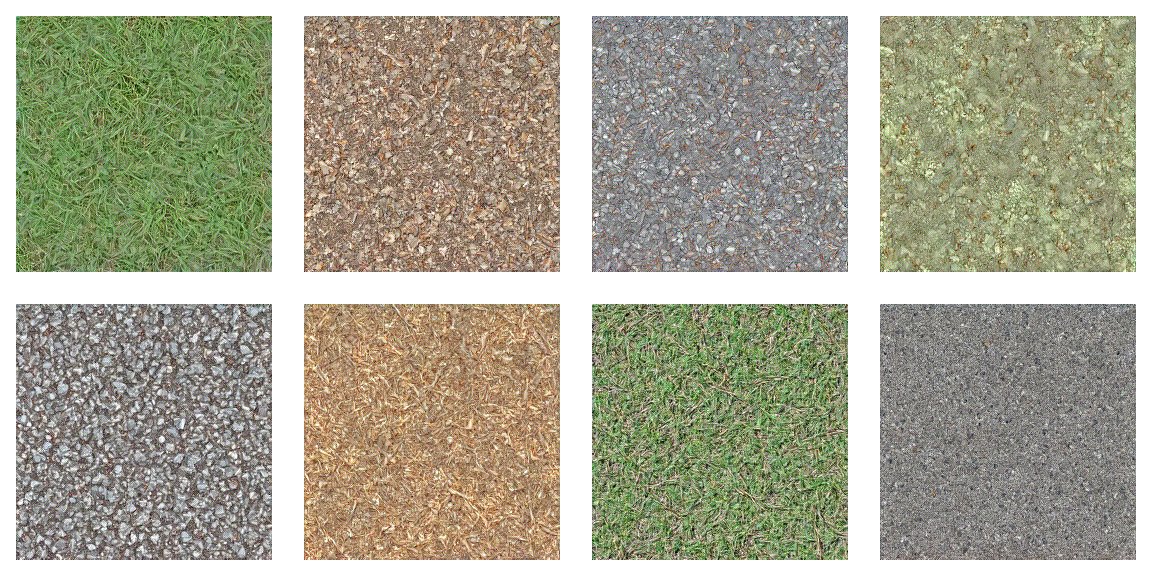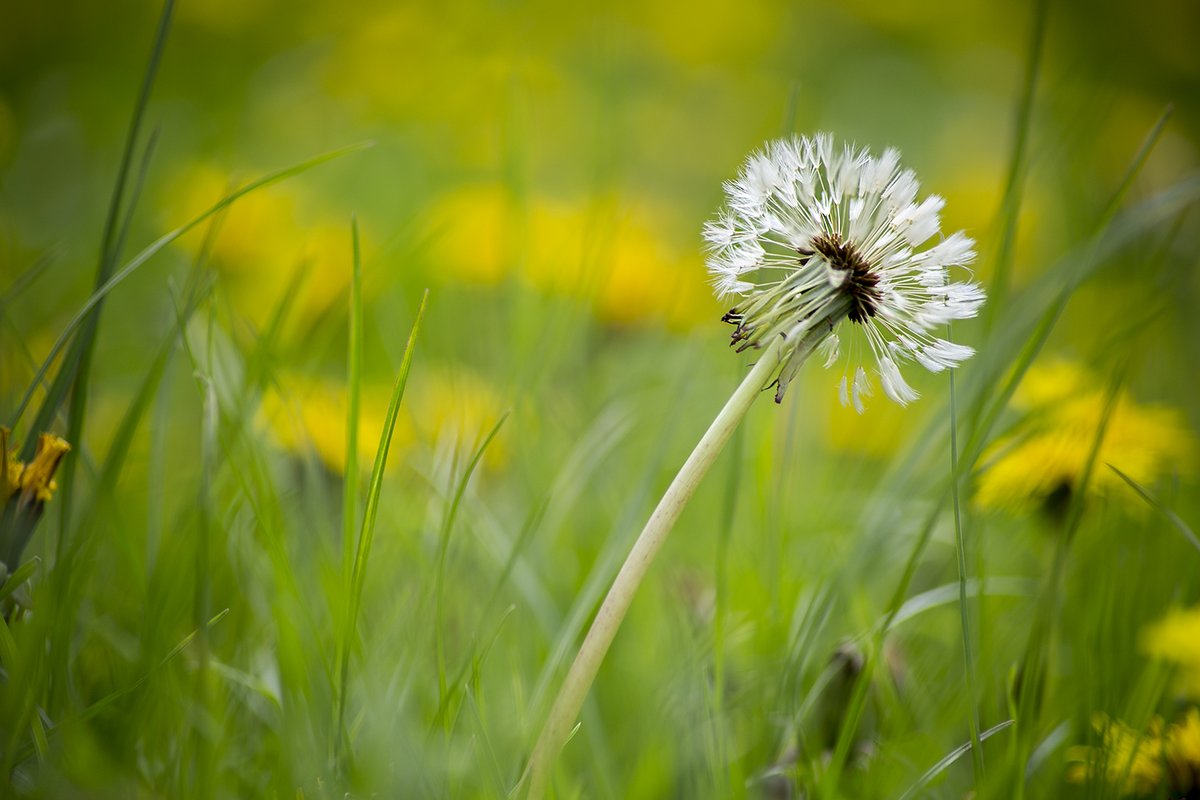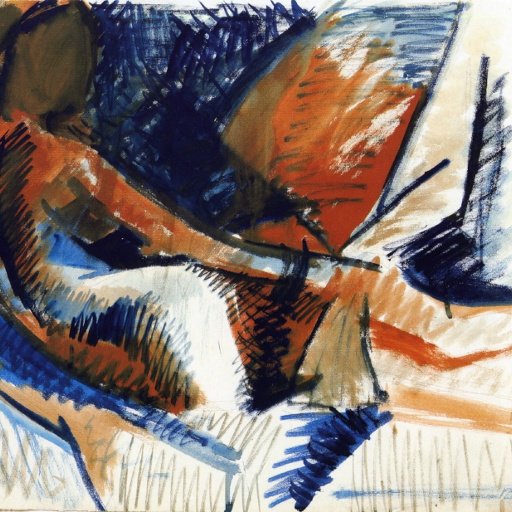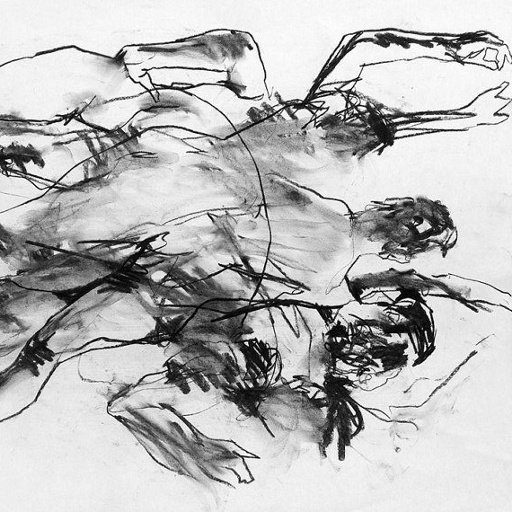A multimedia tutorial & review in a thread! 👇
📝 Texture Synthesis Using Convolutional Neural Networks
🔗 arxiv.org/abs/1505.07376 #ai

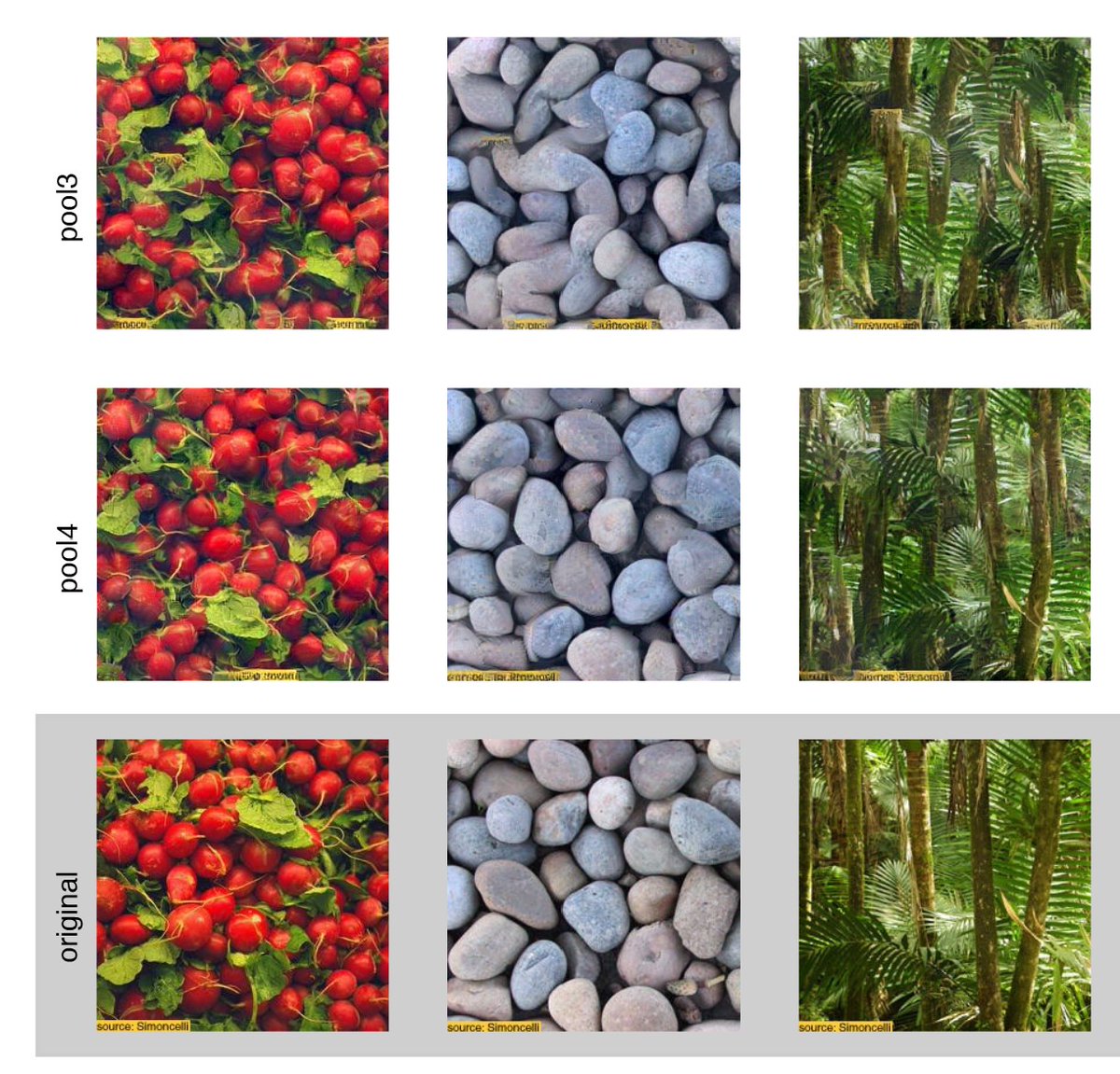
✏️ Beginner-friendly insight or exercise.
🕳️ Related work that's relevant here!
📖 Open research topic of general interest.
💡 Insight or idea to experiment further...
See this thread for context and other reviews:
📺Here are 500 steps of the optimization for the textures above:
🕳️ Previous work by Portilla and Simoncelli used manually crafted feature detectors based on the visual cortex.
📝A Parametric Texture Model Based on Joint Statistics of Complex Wavelet Coefficients
🔗cns.nyu.edu/pub/lcv/portil…

Here's what those features look like. (cw: 2fps strobe)
- colors detectors
- edges detectors
- pattern detectors
Then, the convolution network (convnet) extracts even more feature detectors from those low-level features. The next level looks like this:
The feature map at each level is 2x2 smaller:
(level, features, size)
L1 → 64 @ 256x256
L2 → 128 @ 128x128
L3 → 256 @ 64x64
L4 → 512 @ 32x32
Here are 512 tiny feature maps at level 4 of the hierarchy:
PyTorch for example has pretrained networks (the VGG family) that are suitable:
pytorch.org/hub/pytorch_vi…
🛠️ I created a repository to make it easier to access these feature maps. If you're interested, I can share my own visualization scripts: github.com/photogeniq/ima…
You can use these feature maps to reproduce the original image, but it's not a good texture model because it's "over parameterized" — i.e. it has too many constraints.
📺 (I never visualized this before, it's pretty cool ;-)
✏️ Try an open-source implementation and tune the weights for each layer!
- What are suitable convnets?
- How best compute the gram matrix?
- Which optimizer works fastest?
But this thread is already pretty long so I'll keep those discussions for reviews of downstream papers!

